Effective Homemade Rinses for Bleeding Gums
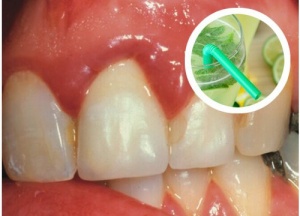

Written and verified by the pedagogue in physical education and nutritionist Elisa Morales Lupayante
Do you tend to get gingivitis? Nowadays, bleeding gums are becoming a more common symptom among people who suffer from gingivitis.
We will offer you some simple and easy ways to make rinses that will help lessen gum bleeding.
Find out about them below!
Why Are My Gums Bleeding?
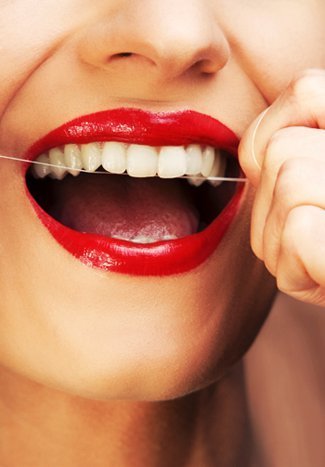
Bleeding gums can occur very often. When brushing your teeth, your gums can begin to bleed. There are also instances when your gums may feel inflamed or you may begin to notice that your teeth move.
Also Read: Effective Homemade Remedies for Tooth Tartar
You may begin to ask yourself, “Why is this happening to me?” Well, here are a few reasons why:
- One tooth could be growing on top of another
- Vitamin B3 or C deficiency
- Weak immune system
- Hormonal issues during menopause or pregnancy
- Cavities or problems with plaque
- Brushing your teeth too hard
- In some cases, having diabetes could cause gums to bleed
It’s important to note that all of these rinses should not be swallowed or consumed. They are purely meant as rinses that you spit out in the sink once you are finished using them.
Effective Rinses for Bleeding Gums
1. Baking Soda Rinse
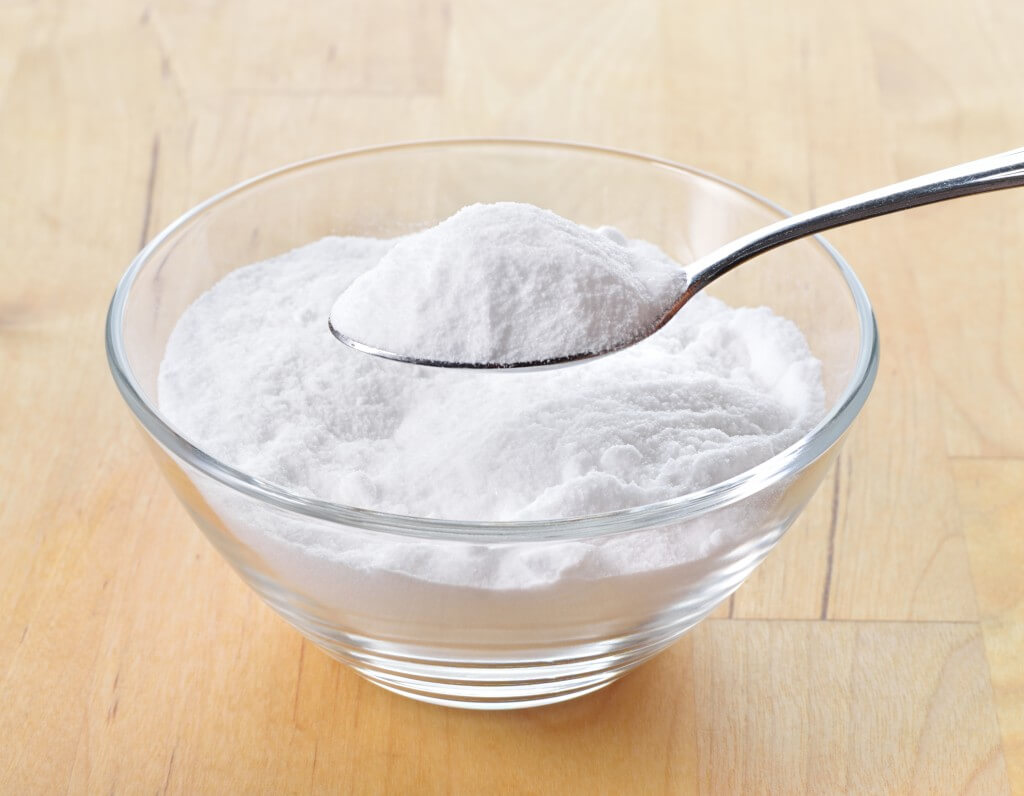
Baking soda is extremely effective when trying to prevent bleeding gums. Here are the benefits to using baking soda:
- Reduces plaque
- Reduces inflammation
- Prevents bacteria from growing
- Relieves discomfort and pain, such as stinging
Ingredients:
- 1/2 cup of water
- 1 tablespoon of baking soda
Directions:
- Add 1 tablespoon of baking soda to 1/2 cup of water. Use a spoon to stir the contents until the baking soda has completely dissolved into the water.
- After you are finished stirring, place the cup in the fridge and let it cool for 15 minutes.
- Once you have allowed it to cool, you can then use it to rinse your mouth. Make sure you rinse your entire mouth with much emphasis on the area of inflammation. It should soothe inflammation and lessen the irritation.
- It is best to repeat this rinse 3 times a day, once after every meal in order for it to be most effective.
2. Salt and Ginger Rinse
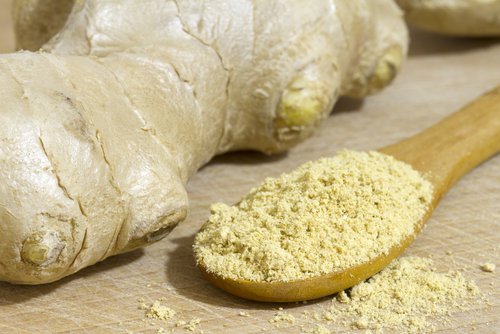
See Also: Hair Loss Ginger Treatment
Ingredients:
- 1/2 cup of water
- 1 tablespoon of grated ginger
- 1 tablespoon of salt
Directions:
- Put 1 tablespoon of grated ginger and 1/2 cup of water to boil
- Once the water and ginger have begun to boil, add 1 tablespoon of salt.
- Stir all of the contents together. After they have been mixed, turn off the fire.
- After you have allowed it to cool down place the homemade rinse in the refrigerator for 15 minutes.
- Take the rinse out of the refrigerator and it’ll now be ready to be used.
- It will soothe, treat and reduce inflammation.
- Make sure to use this rinse for 2-3 minutes.
- It is ideal that you use the rinse 3 different times a day.
3. Rinse with Mint
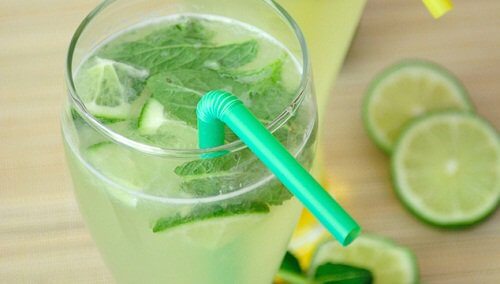
This rinse is perfect! Have you ever tried mint rinse to treat bleeding gums? We often spend large amounts of money on treatments that we could easily do at home. Well, not anymore!
Mint is great for treating infections and inflammation, so take notes.
Ingredients:
- 5 fresh mint leaves
- 1 cup of water
Directions:
- Poor the cup of water into a pot and place it over the fire.
- Once the water has come to a boil, add 5 fresh mint leaves to the pot. It will take no more than 15 minutes for the juices from the mint leaves to fully extract.
- After, take the pot off of the fire and allow it to cool down before placing it in the refrigerator for 5 minutes.
- Take the rinse out of the fridge and begin using it. Make sure it reaches all areas of your mouth.
- Remember, it is highly advised to repeat this process 3 times a day for the best results.
4. Aloe Vera Rinse
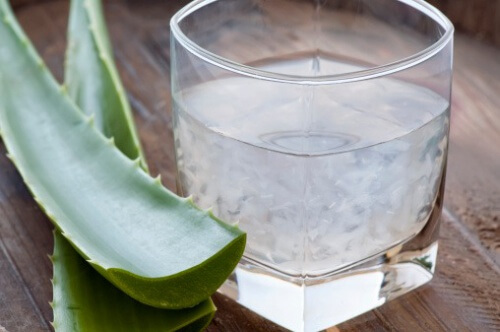
According to experts, aloe vera can be the best remedy to treat gingivitis or bleeding gums. Aloe vera is great for curing, healing and reducing inflammation and infections.
Ingredients:
- 1 aloe vera branch (about 3-5 inches long)
Directions:
- Extract the clear gel from inside the aloe vera leaf.
- After doing so, the rest is very easy! Simply massage this gel on you gums inside your mouth.
- Thoroughly massage the gel onto your gums, allowing the gums to absorb it completely.
- Once your gums have successfully absorbed the aloe vera, you can then brush your teeth.
You should try all rinses and choose the one that you find most effective and most doable for you. While all of these rinses are effective, it’s important that you keep it up. In order for these rinses to be most effective, consistency is key.
Also, remember that it is highly advised that you apply these rinses after each meal of the day. These are simple and inexpensive remedies that will help solve your bleeding gum problems.
All cited sources were thoroughly reviewed by our team to ensure their quality, reliability, currency, and validity. The bibliography of this article was considered reliable and of academic or scientific accuracy.
- Grzanna, R., Lindmark, L., & Frondoza, C. G. (2005). Ginger—An Herbal Medicinal Product with Broad Anti-Inflammatory Actions. Journal of Medicinal Food. https://doi.org/10.1089/jmf.2005.8.125
- Myneni, S. R. (2017). Effect of baking soda in dentifrices on plaque removal. Journal of the American Dental Association. https://doi.org/10.1016/j.adaj.2017.09.004
- Rajeswari, R., , M. Umadevi, C. S. R., & , S. Selvavenkadesh, K. P. Sampath Kumar, D. B. (2012). Aloe vera: The Miracle Plant Its Medicinal and Traditional Uses in India. Journal of Pharmacognosy and Phytochemistry.
- Taheri, J. B., Azimi, S., Rafieian, N., & Akhavan Zanjani, H. (2011). Herbs in dentistry. International Dental Journal. https://doi.org/10.1111/j.1875-595X.2011.00064.x
This text is provided for informational purposes only and does not replace consultation with a professional. If in doubt, consult your specialist.








